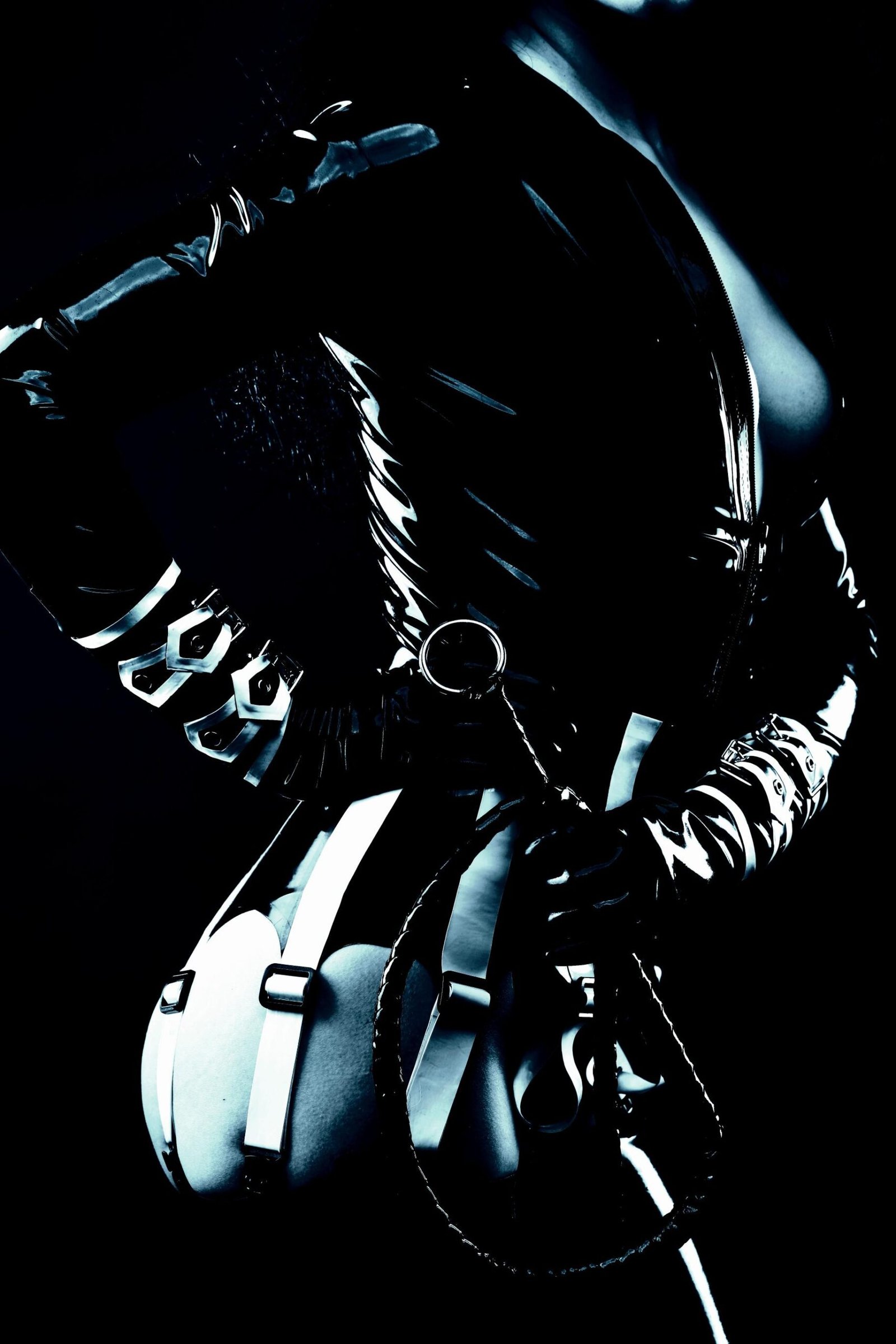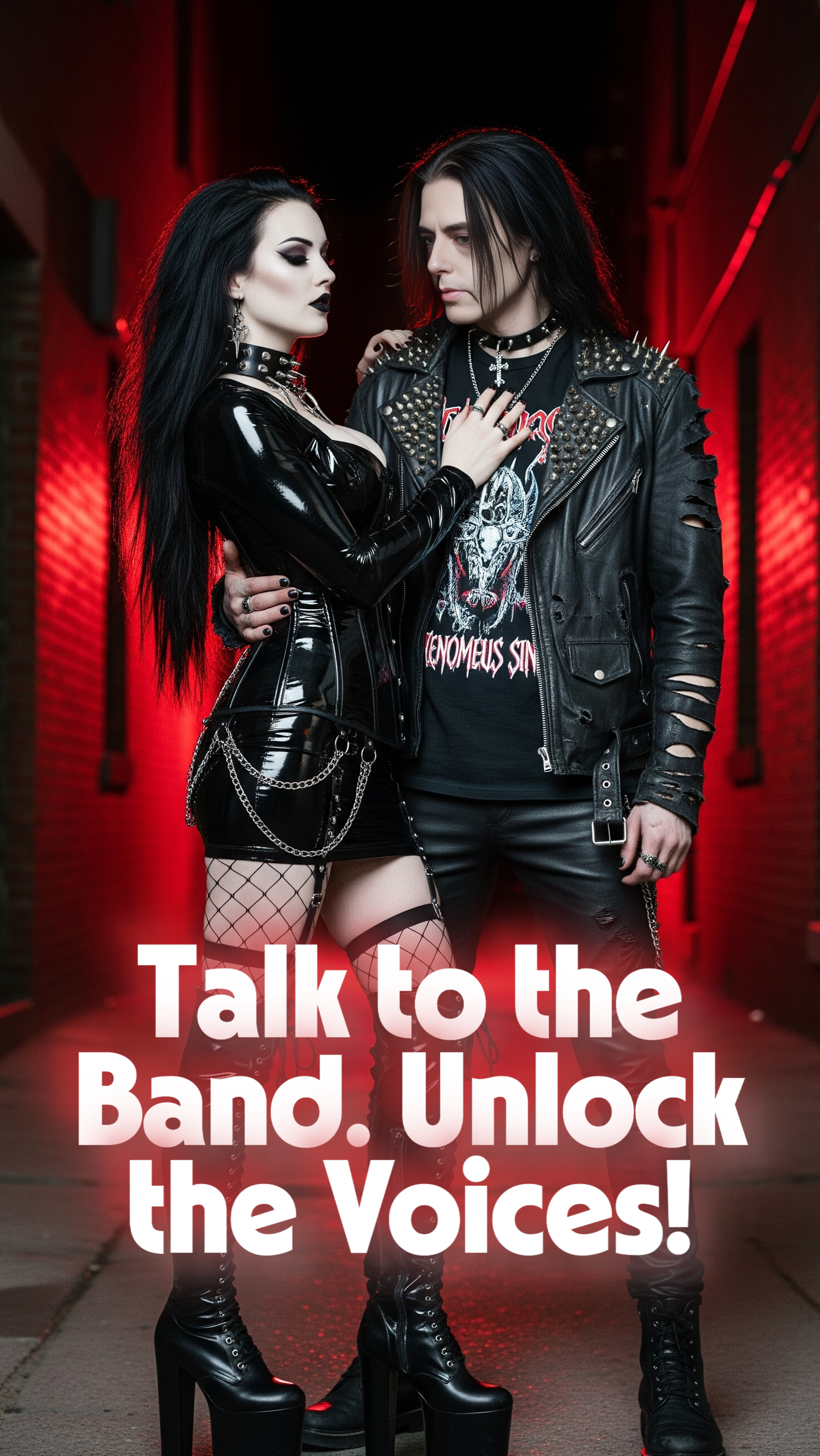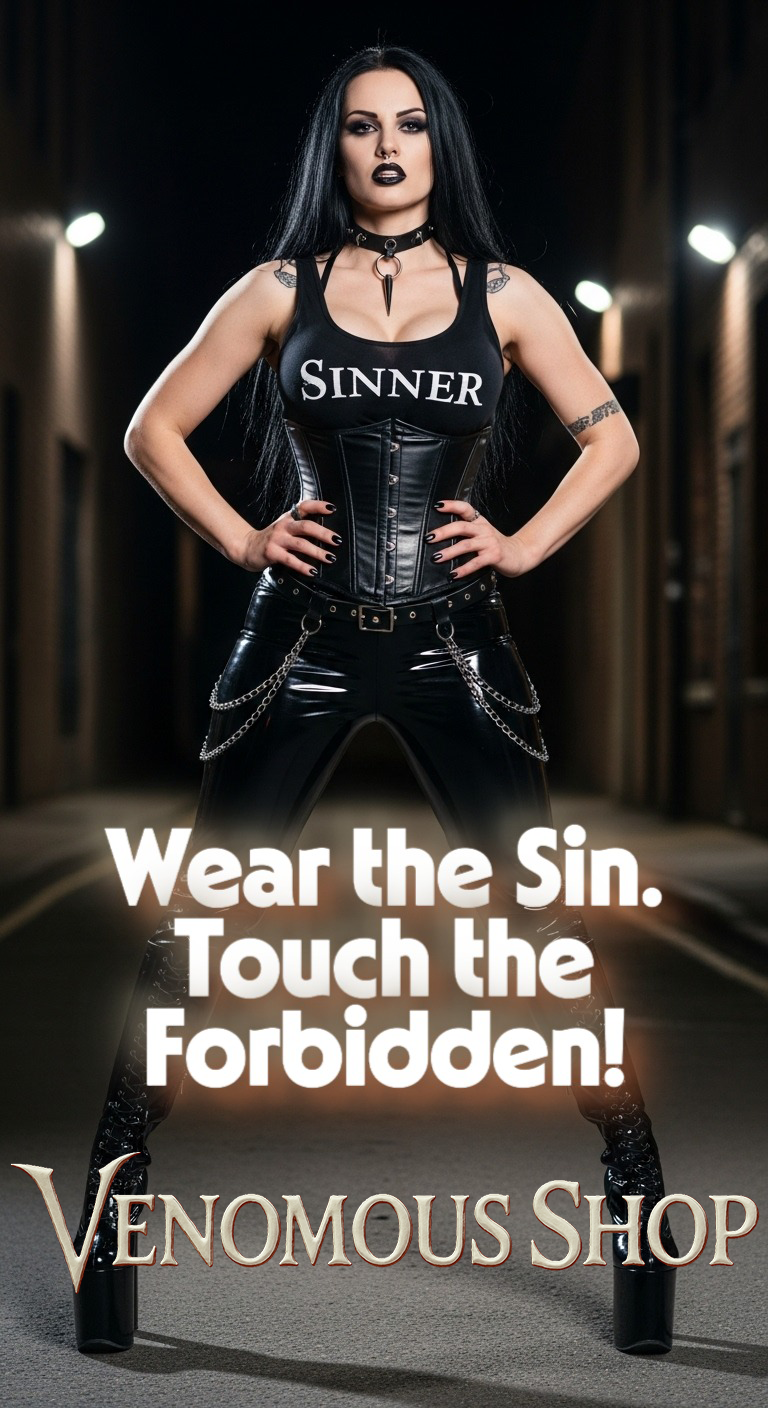When it comes to societal obsessions, few things command as much fascination and adoration as the female form—and the spotlight often falls squarely on the breasts. From art and literature to pop culture and advertising, breasts have been fetishized, revered, and dissected for centuries. But why do breasts hold such a powerful allure? And what does this tell us about our culture, our psychology, and our humanity?
Welcome to the world of boob worship: a provocative intersection of biology, societal constructs, and individual fetishization. Let’s take a deep dive into the cultural, historical, and psychological dimensions of this phenomenon, exploring how breasts became an object of fascination and what this means for gender dynamics, sexual expression, and even body image.
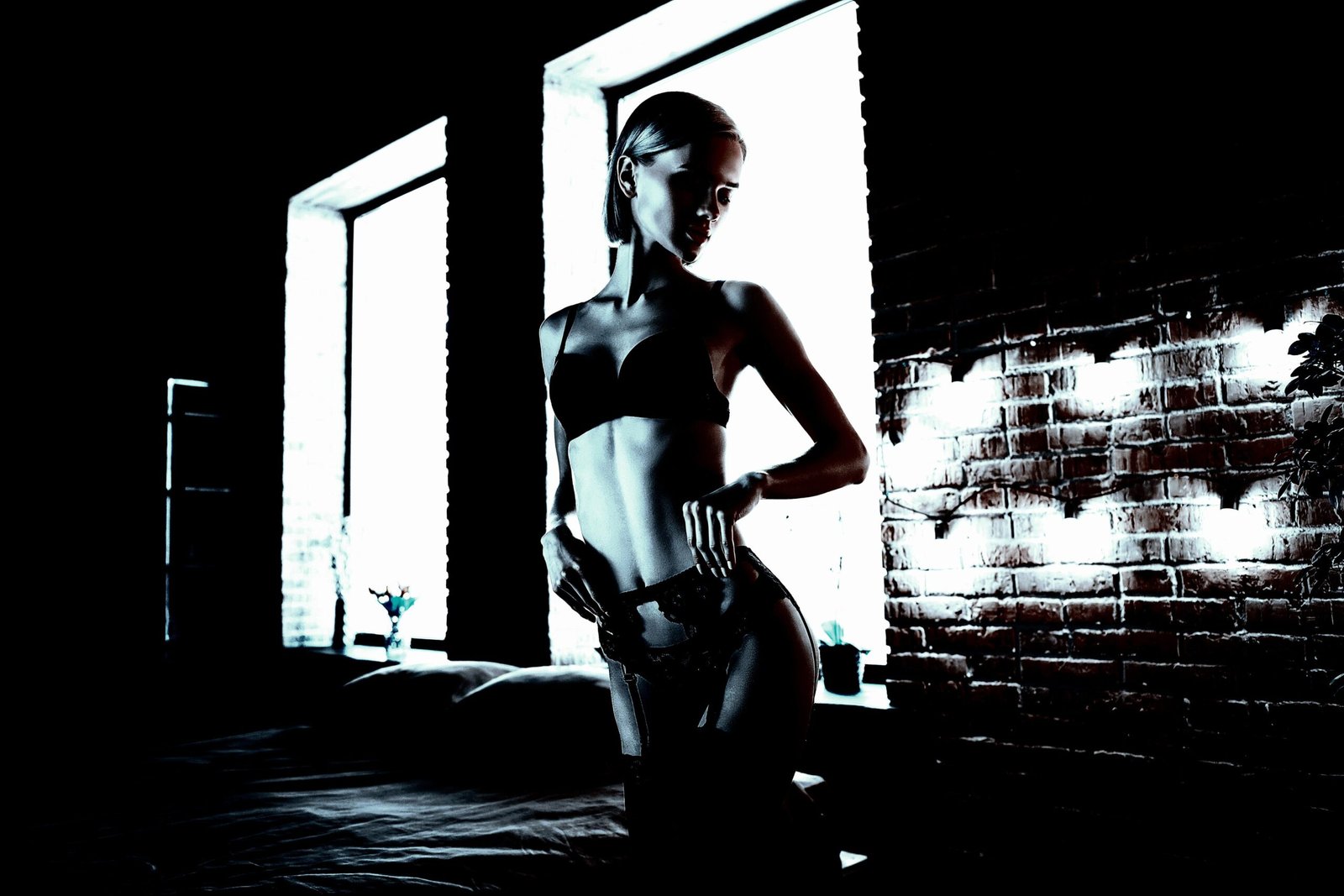
The Biological Pull: Why Breasts Fascinate
Breasts play a fundamental role in human reproduction, making them biologically significant. From an evolutionary perspective, full, symmetrical breasts are often perceived as a marker of fertility and health. While this isn’t a universal truth, the association of breasts with reproduction has undoubtedly shaped how societies view them.
But here’s the catch: humans are one of the few species whose breasts remain prominent beyond breastfeeding years. This has turned them into symbols rather than just functional body parts. Some scientists argue that this persistent visibility has led breasts to become sexualized—a cultural byproduct of their unique biology.
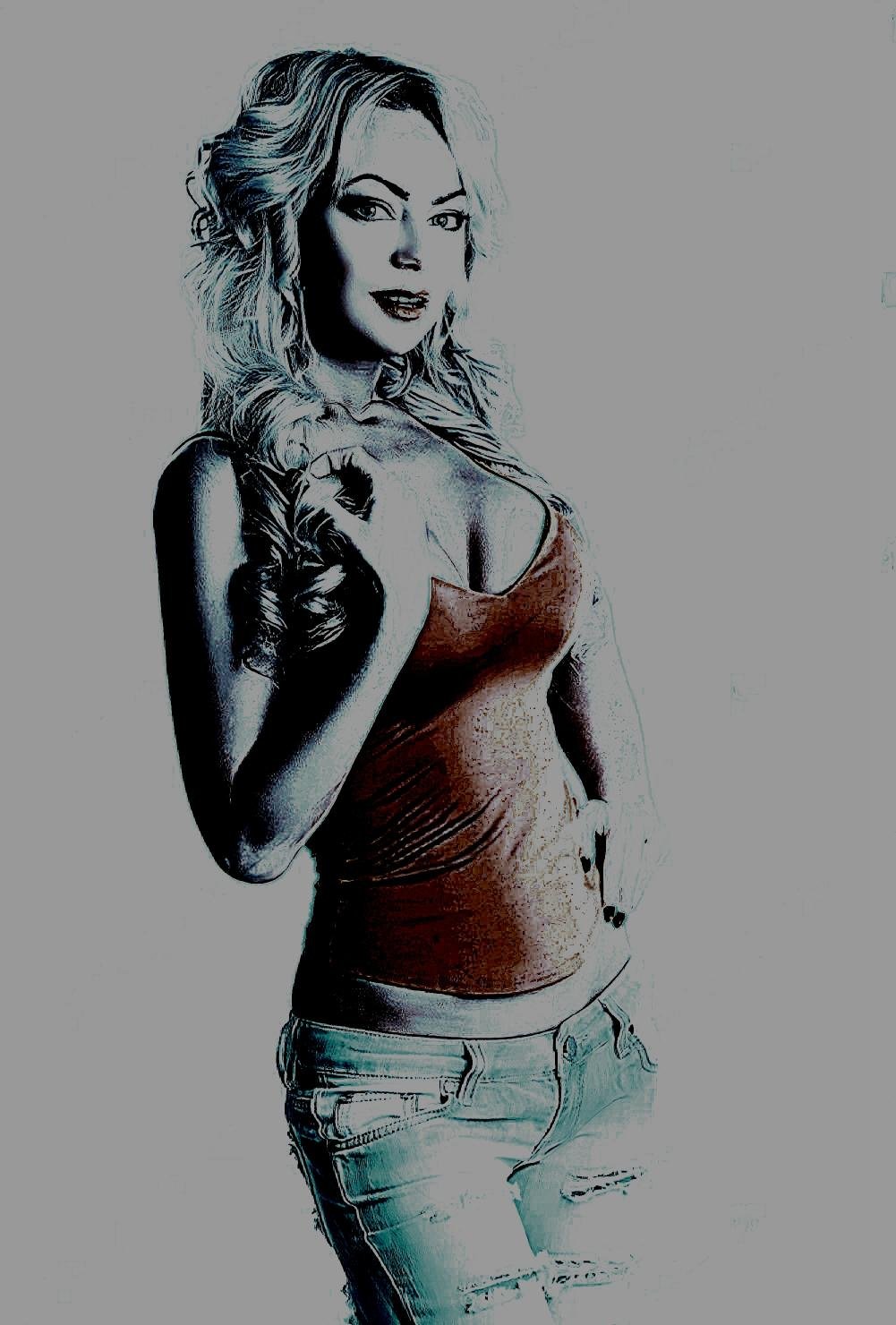
Cultural Constructs: The Social Obsession with Breasts
Across cultures, breasts have carried different meanings. In Western societies, they are often linked to sexuality and desirability. Meanwhile, in some indigenous cultures, breasts are seen purely for their maternal function, devoid of sexual connotations.
This dichotomy underscores the role society plays in shaping perceptions. The Western media landscape has amplified the sexualization of breasts through advertising, cinema, and pornography, turning them into commodities that symbolize everything from power to femininity.
In fact, many fashion trends—like push-up bras, corsets, and low-cut tops—have been designed to emphasize cleavage, feeding into this obsession. But let’s be clear: this isn’t inherently bad. Self-expression through fashion and sexuality is empowering for many. The problem arises when breasts are objectified to the point where they eclipse the person they belong to.
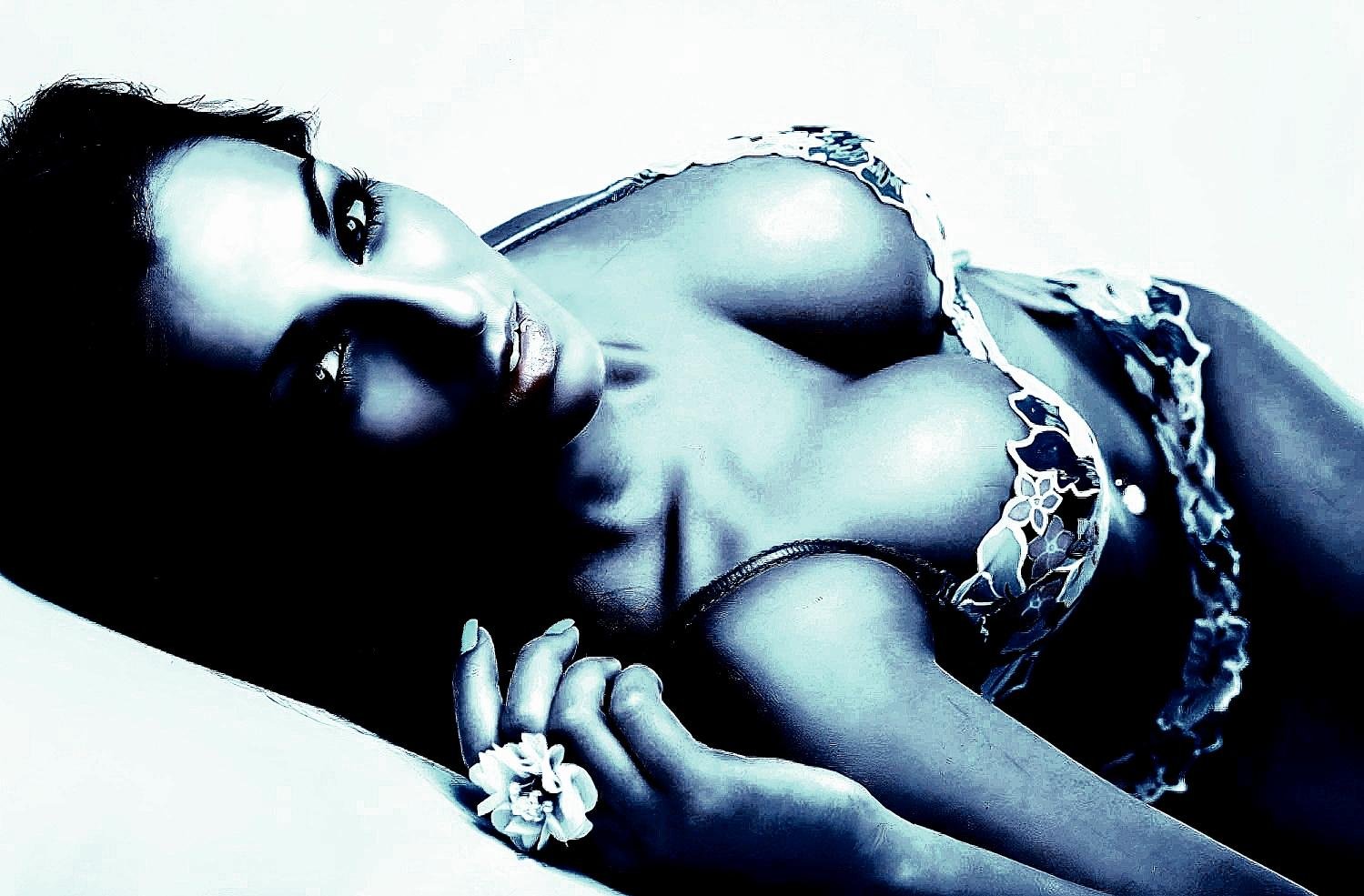
The Fetishization Factor: When Breasts Become a Fetish
While many people appreciate breasts as a part of overall attraction, others develop a fixation—known as a fetish. Fetishization occurs when breasts are isolated from the individual and elevated as the sole focus of desire.
Psychologists suggest that fetishes often stem from early life experiences or societal conditioning. In the case of breasts, their omnipresence in media and culture could contribute to their fetishization. For some, this is harmless and consensual, forming part of a healthy sexual dynamic. For others, it can lead to distorted views of intimacy and relationships.

Boob Worship in Pop Culture
Boob worship isn’t just confined to the bedroom; it’s a recurring theme in pop culture. From Marilyn Monroe’s iconic dresses to modern influencers on Instagram, breasts have been used to sell products, attract attention, and make bold statements.
Even the music industry has had its share of breast-centric moments, with artists like Madonna and Rihanna reclaiming their bodies and turning them into symbols of strength and defiance.
But here’s the controversy: when does boob worship cross the line from celebration to exploitation? The line is blurry, and the answer often depends on context and perspective.
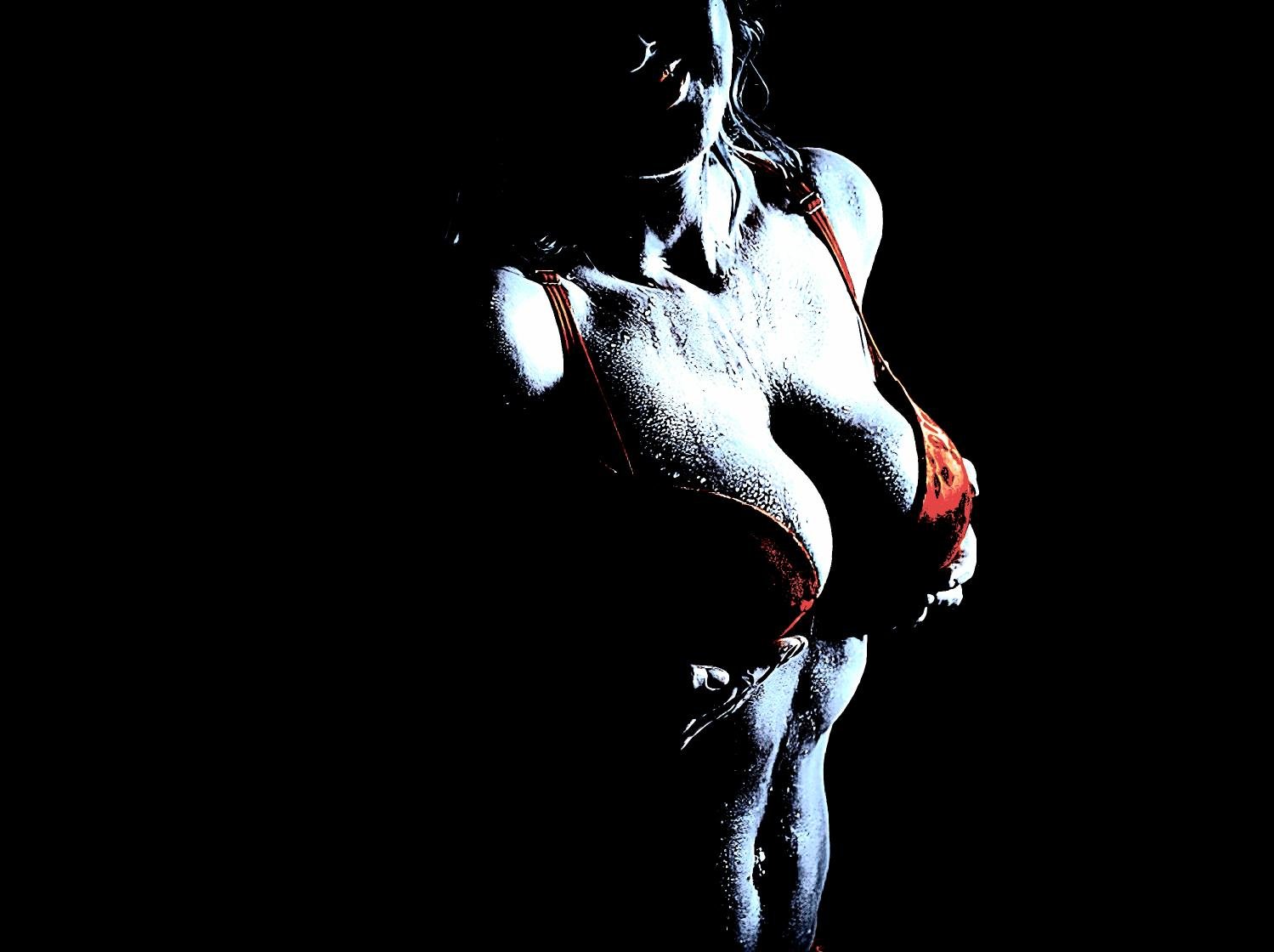
The Double-Edged Sword of Boob Worship
For many, boob worship can be empowering—a celebration of femininity, sexuality, and individuality. Embracing one’s body and owning the power it holds is a bold, defiant act in a world that often polices women’s appearances.
However, there’s a darker side to this adoration. The fetishization of breasts can lead to objectification, reducing women to their physical attributes. This creates unrealistic beauty standards and pressures, making those with larger or smaller breasts feel scrutinized or inadequate.
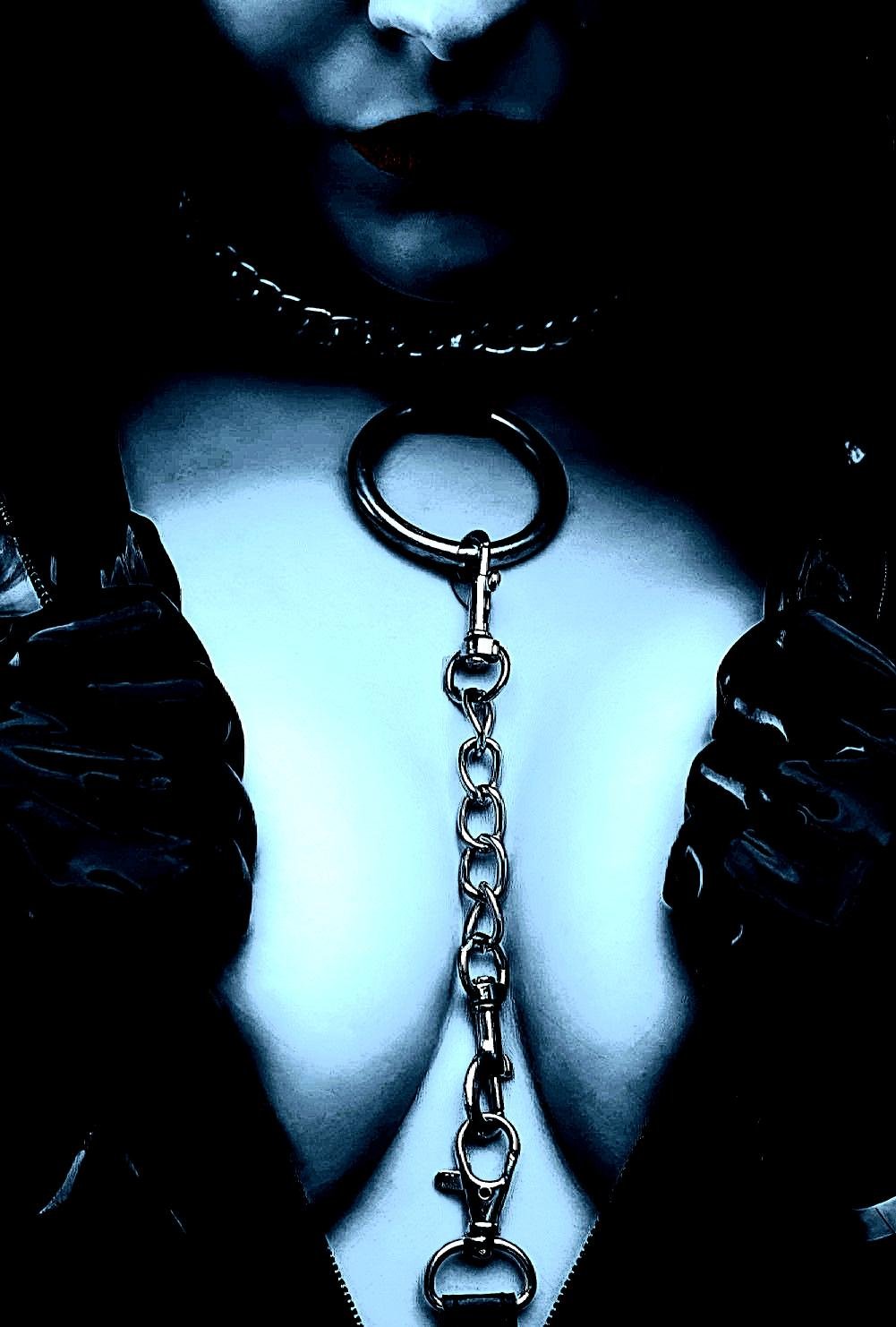
Body Image and the Impact of Fetishization
The fetishization of breasts has profound implications for body image. Women with larger breasts often face unwanted attention, while those with smaller breasts may feel less “womanly” due to societal expectations.
This relentless focus can lead to body dysmorphia, self-esteem issues, and even surgical interventions like breast augmentation. While body modification is a personal choice, it’s worth questioning whether these choices are always free from societal pressure.
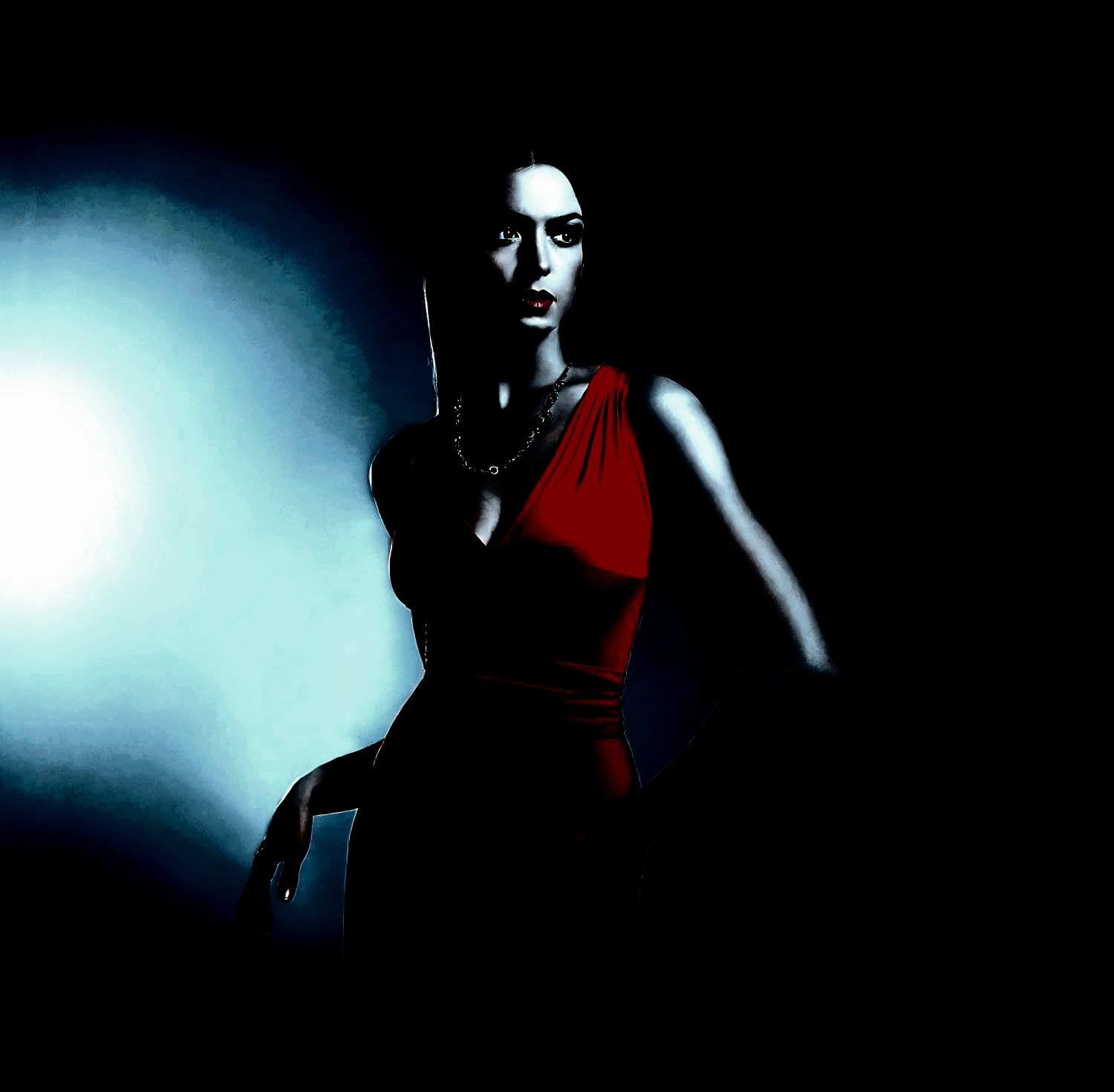
Redefining Boob Worship: A Call for Inclusivity
It’s time to challenge traditional notions of boob worship. Breasts come in all shapes, sizes, and forms—and they’re all valid. The conversation should shift from fetishization to appreciation, where breasts are celebrated without reducing the person to their chest.
We also need to dismantle the stigma around breastfeeding in public and embrace body positivity for all breast types, including those altered by surgery or illness. True boob worship should honor diversity, consent, and individual agency.
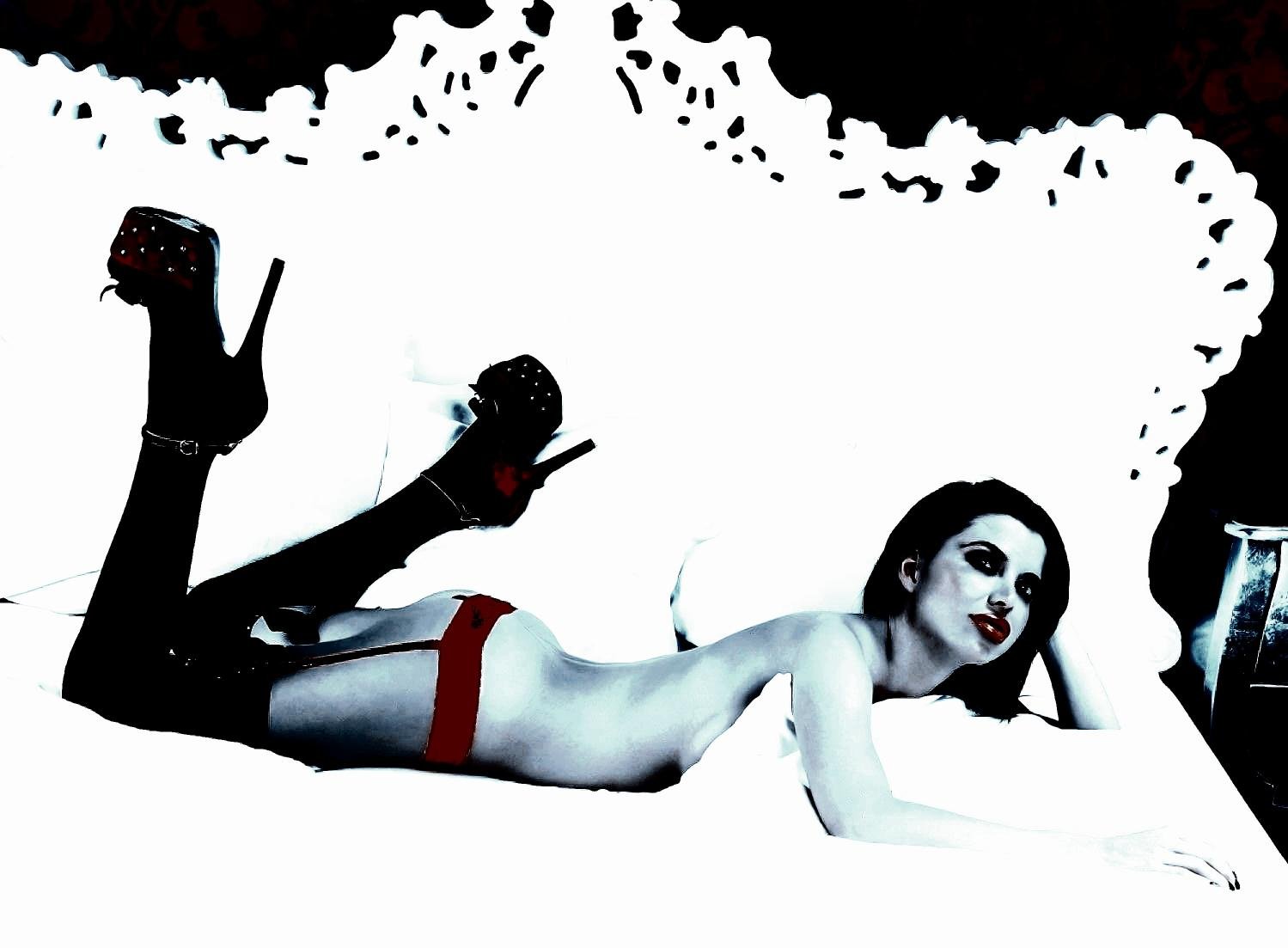
Breasts as Symbols of Power
Let’s end on a provocative note: what if boob worship isn’t just about attraction but also about power? Breasts have been a source of strength for centuries, symbolizing life (through breastfeeding), rebellion (through fashion and art), and identity (as markers of gender and self-expression).
By reclaiming this narrative, we can turn boob worship into something empowering rather than limiting. It’s not about pandering to societal expectations but about celebrating the individuality, resilience, and beauty of the human form.
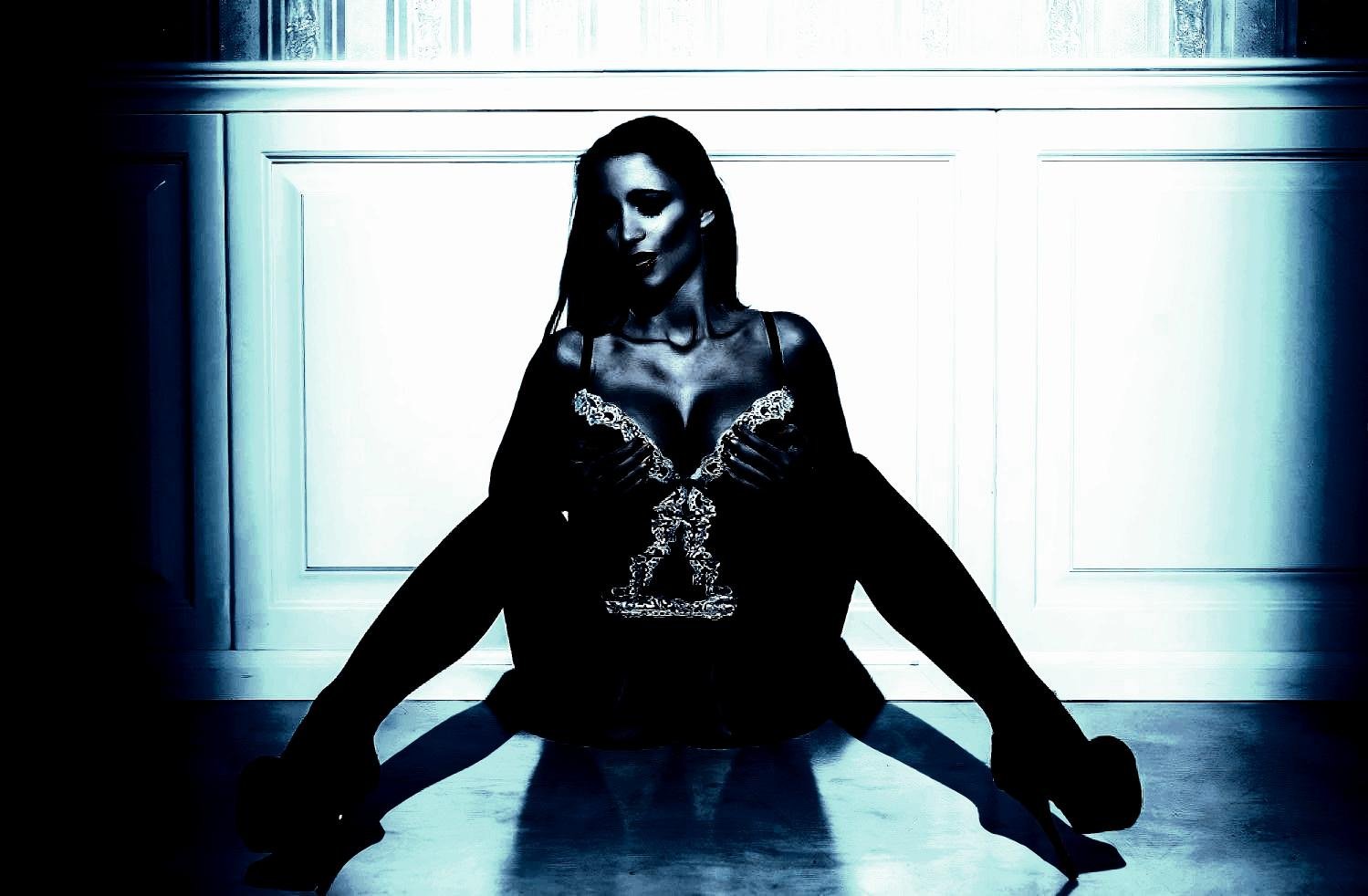
Join the Conversation
Breasts have been worshipped, fetishized, and celebrated throughout history. By understanding the roots of this fascination, we can start a dialogue that challenges harmful norms while embracing diversity and empowerment.
If this topic piqued your interest, check out my other articles on sexuality and body politics over at Lina’s Dungeon. And don’t forget to connect with me on social media for more provocative takes on alternative culture and lifestyle.
Breasts may be a universal fascination, but the conversation surrounding them is far from universal. Let’s continue exploring, questioning, and redefining what boob worship means in today’s world.
